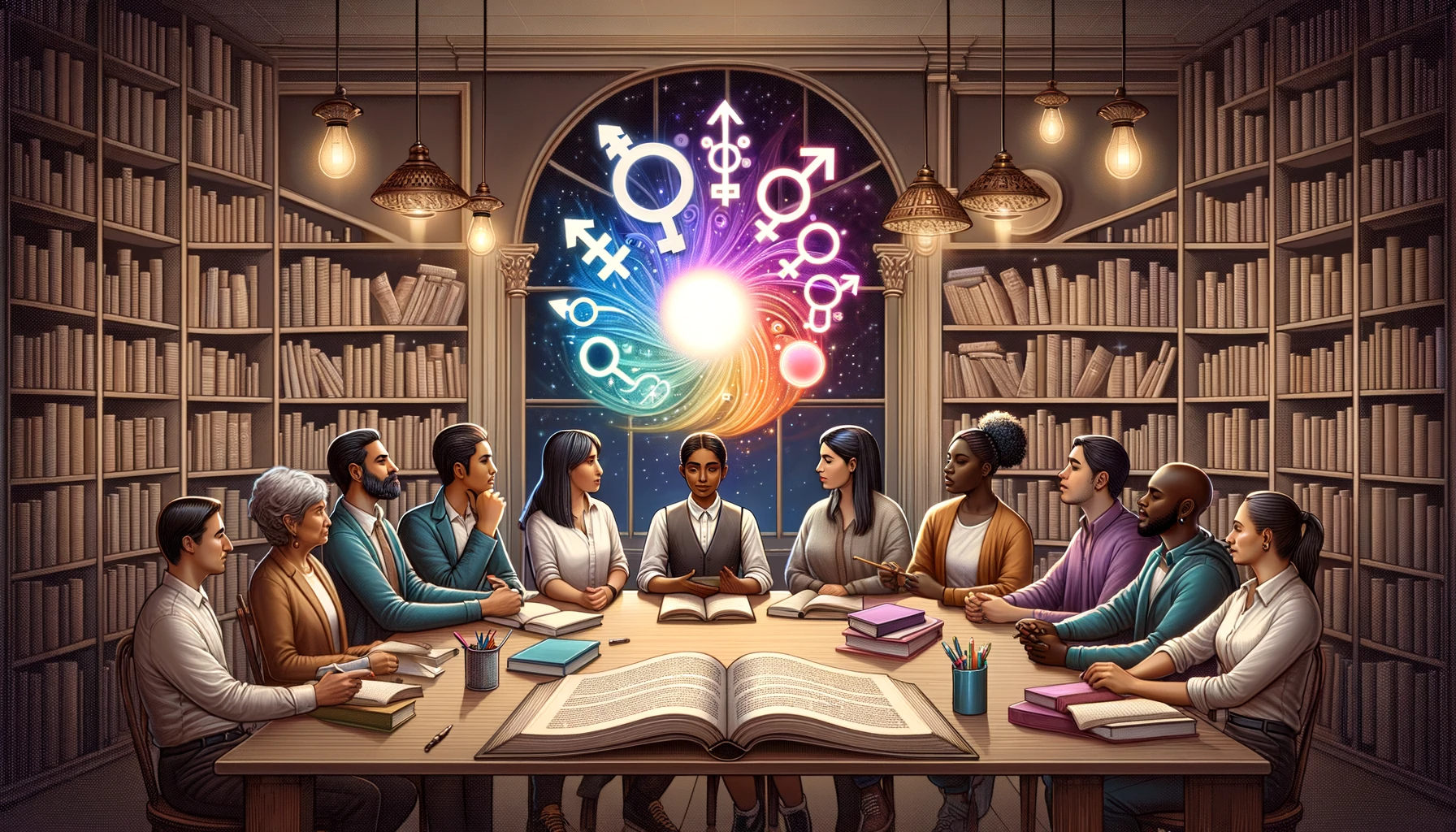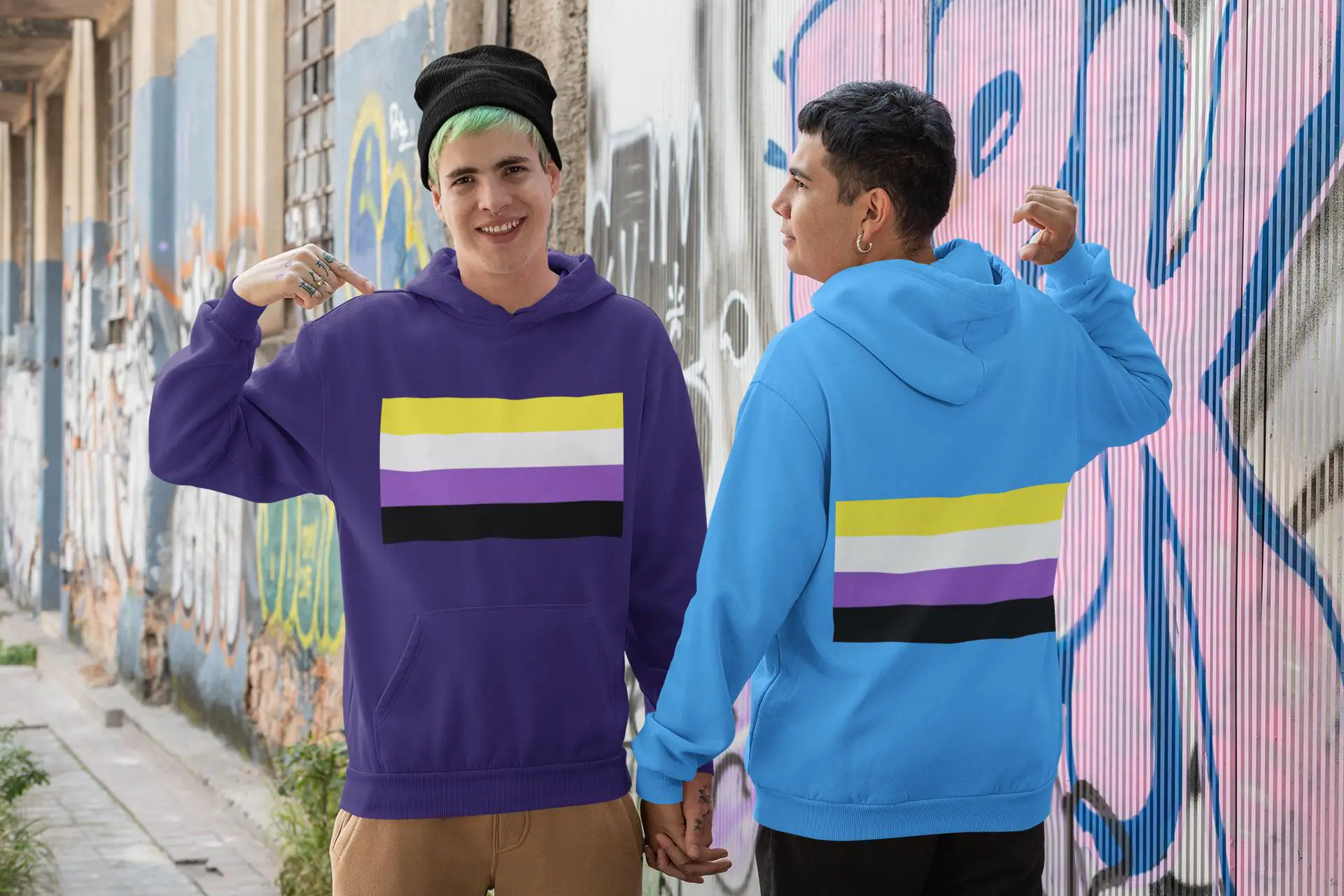Defining Nonbinary
The majority of individuals, including many transgender folks, identify as either male or female. However, there are those who don’t strictly align with the labels of “man,” “woman,” “male,” or “female.” Their gender might be a combination of both, entirely different, or they might not associate with any gender at all. Some even experience shifts in their gender identity over time.
Various terms are used by people who don’t identify strictly as male or female. “Nonbinary” is one of the prevalent terms, though it can also be written as “non-binary.” Other terminologies include genderqueer, agender, bigender, genderfluid, among others. Each term has its nuances, but all indicate a gender experience beyond the male-female spectrum. If in doubt about a term’s meaning, a courteous inquiry is usually appreciated.

Why the Term “Nonbinary”?
Many societies, including ours, predominantly recognize two genders: male and female. This two-gender system is often termed the “gender binary,” with “binary” signifying “two parts.” Hence, “nonbinary” describes genders that don’t strictly fall under the male or female categories.
Key Insights about Nonbinary Individuals
- Nonbinary identities are diverse. There is no one way to be nonbinary. Some nonbinary people might identify as neither male nor female, while others might identify as both male and female, or somewhere in between. Some nonbinary people might feel a strong connection to both masculinity and femininity, while others might reject both altogether.
- Nonbinary people are often marginalized and discriminated against. They may face challenges in accessing employment, healthcare, and other essential services. They may also be subjected to bullying and harassment. It is important to be aware of these challenges and to support nonbinary people in any way that we can.
- There are many ways to support nonbinary people. Here are just a few examples:
- Use the name and pronouns that nonbinary people prefer.
- Challenge gender assumptions and stereotypes.
- Support policies that are inclusive of nonbinary people.
- Speak out against discrimination and harassment of nonbinary people.
- Educate yourself and others about nonbinary identities.

Guidelines for Respecting and Supporting Nonbinary Individuals
Supporting and respecting nonbinary individuals is straightforward, even if you’re just beginning to understand them.
- You don’t need a complete understanding of nonbinary identities to show respect. Everyone deserves respect, irrespective of how familiar their identity might be to others.
- Always use the name an individual prefers. It’s a fundamental way to respect their identity. Refrain from inquiring about their previous name.
- Avoid making gender assumptions based on appearances. Nonbinary individuals can have diverse appearances, and it doesn’t dictate their pronouns.
- If uncertain about pronouns, it’s okay to ask. Nonbinary individuals might use various pronouns, including “they,” “he,” “she,” or others. It’s a simple yet vital way to show respect.
- Promote policies that are inclusive of nonbinary individuals. They should feel respected and comfortable in all environments.
- Recognize the challenges nonbinary individuals face in gendered spaces, like restrooms. They should choose restrooms where they feel safest. Supporting their choices in such binary spaces is essential.
- Engage in conversations with nonbinary individuals to gain a deeper understanding. Their experiences are diverse, and listening to their stories offers valuable insights.
Conclusion
Nonbinary identities are valid and deserve to be respected. By learning more about nonbinary identities and supporting nonbinary individuals, we can create a more inclusive and accepting world for everyone.